



|

|

|
|
Overview of Trip |
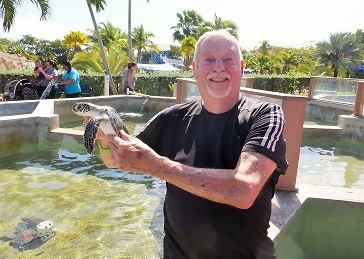
Highlights:
- Sail from Jamaica to the Grand Cayman Islands
- Tour the city of George Town
- Sail to the next port, Cozumel Mexico!

History
Cayman Islands
The Cayman Islands are a British overseas territory located in the Caribbean that have been under various governments since their discovery by Europeans. Christopher Columbus sighted the Cayman Islands on May 10, 1503 and named them Las Tortugas after the numerous sea turtles seen swimming in the surrounding waters. Columbus had found the two small islands (Cayman Brac and Little Cayman) and it was these two islands that he named "Las Tortugas".
The 1523 "Turin map" of the islands was the first to refer to them as Los Lagartos, meaning alligators or large lizards, By 1530 they were known as the Caymanes after the Carib word caimán for the marine crocodile, either the American or the Cuban crocodile, Crocodylus acutus or C. rhombifer, which also lived there. Recent sub-fossil findings suggest that C. rhombifer, a freshwater species, were prevalent until the 20th century.
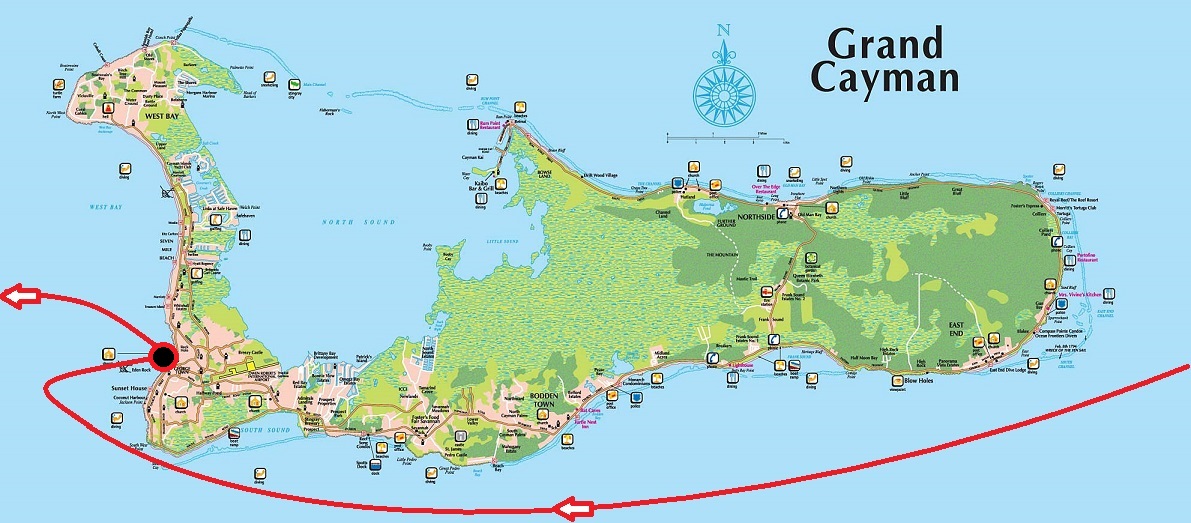
Archaeological studies of Grand Cayman have found no evidence that humans occupied the islands prior to the sixteenth century.
The first recorded English visitor was Sir Francis Drake in 1586, who reported that the caymanas were edible, but it was the turtles which attracted ships in search of fresh meat for their crews. Overfishing nearly extinguished the turtles from the local waters.
Caymanian folklore explains that the island's first inhabitants were a Welshman named Walters (or Watler) and his companion named Bawden (or Bodden), who first arrived in Cayman in 1658 after serving in Oliver Cromwell's army in Jamaica. The first recorded permanent inhabitant of the Cayman Islands, Isaac Bodden, was born on Grand Cayman around 1700. He was the grandson of the original settler named Bodden.
A variety of people settled on the islands: pirates, refugees from the Spanish Inquisition, shipwrecked sailors, and slaves. The majority of Caymanians are of African and English descent, with considerable interracial mixing.
England took formal control of the Caymans, along with Jamaica, under the Treaty of Madrid in 1670 after the first settlers came from Jamaica in 1661-71 to Little Cayman and Cayman Brac. These first settlements were abandoned after attacks by Spanish privateers, but English privateers often used the Cayman Islands as a base and in the 18th century they became an increasingly popular hideout for pirates, even after the end of legitimate privateering in 1713. Following several unsuccessful attempts, permanent settlement of the islands began in the 1730s. The Cayman Islands historically have been popular as a tax haven. In November 1794, ten vessels, which were part of a convoy escorted by HMS Convert, were wrecked on the reef in Gun Bay, on the East end of Grand Cayman, but with the help of local settlers, there was no loss of life. The incident is now remembered as The Wreck of the Ten Sail. Legend has it that there was a member of the British Royal Family onboard and that in gratitude for their bravery, King George III decreed that Caymanians should never be conscripted for war service and Parliament legislated that they should never be taxed. However, no real evidence has been found for this.
From 1670, the Cayman Islands were effective dependencies of Jamaica, although there was considerable self-government. In 1831, a legislative assembly was established by local consent at a meeting of principal inhabitants held at Pedro St. James Castle on December 5 of that year. Elections were held on December 10 and the fledgling legislature passed its first local legislation on December 31, 1831. Subsequently, the Jamaican governor ratified a legislature consisting of eight magistrates appointed by the Governor of Jamaica and 10 (later increased to 27) elected representatives.
In 1835, Governor Sligo arrived in Cayman from Jamaica to declare all slaves free in accordance with the Emancipation Act of 1833.
The Cayman Islands were officially declared and administered as a dependency of Jamaica from 1863, but were rather like a parish of Jamaica with the nominated justices of the peace and elected vestrymen in their Legislature. From 1750 to 1898 the Chief Magistrate was the administrating official for the dependency, appointed by the Jamaican governor. In 1898 the Governor of Jamaica began appointing a Commissioner for the Islands. The first Commissioner was Frederick Sanguinetti. In 1959, upon the formation of the Federation of the West Indies the dependency status with regards to Jamaica ceased officially although the Governor of Jamaica remained the Governor of the Cayman Islands and had reserve powers over the Islands. Starting in 1959 the chief official overseeing the day-to-day affairs of the islands (for the Governor) was the Administrator. Upon Jamaica's independence in 1962, the Cayman Islands broke its administrative links with Jamaica and opted to become a direct dependency of the British Crown, with the chief official of the islands being the Administrator.
In 1953 the first airfield in the Cayman Islands was opened as well as the George Town Public hospital. Barclays ushered in the age of formalised commerce by opening the first commercial bank.

Sailing into George Town - Grand Cayman
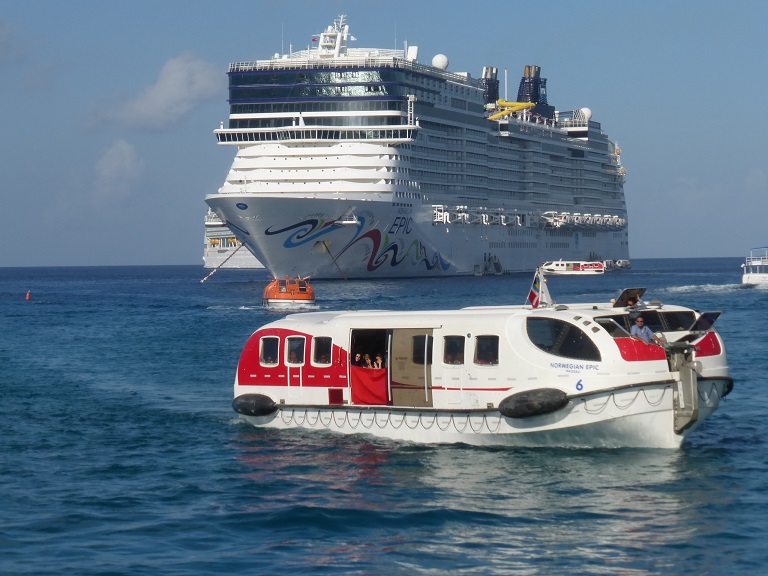 |
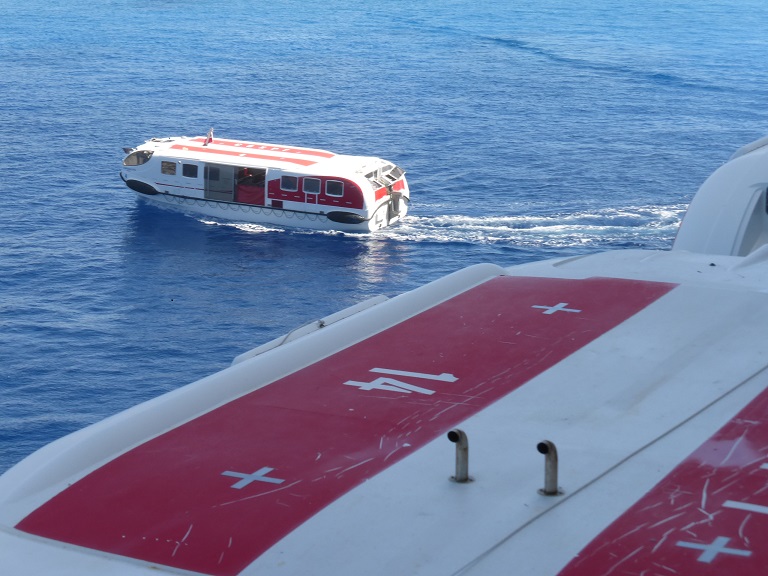 |
||
|
We used the Life Boats to go Ashore! |
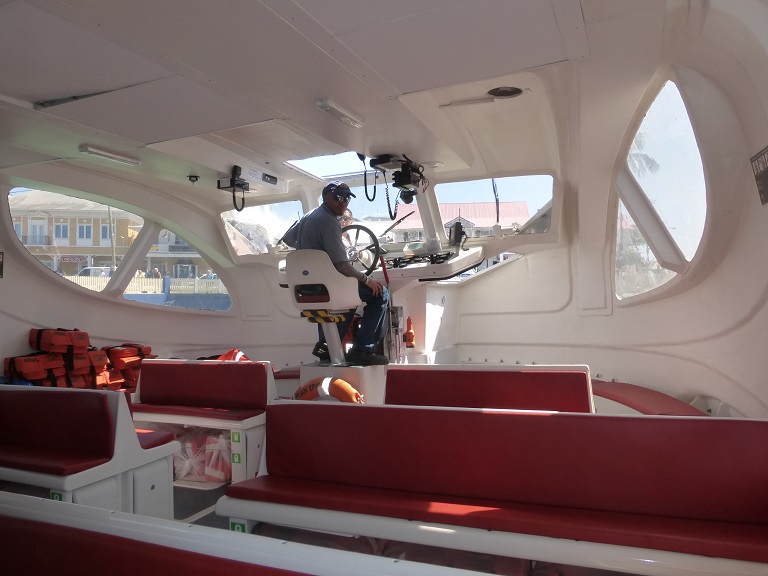 |
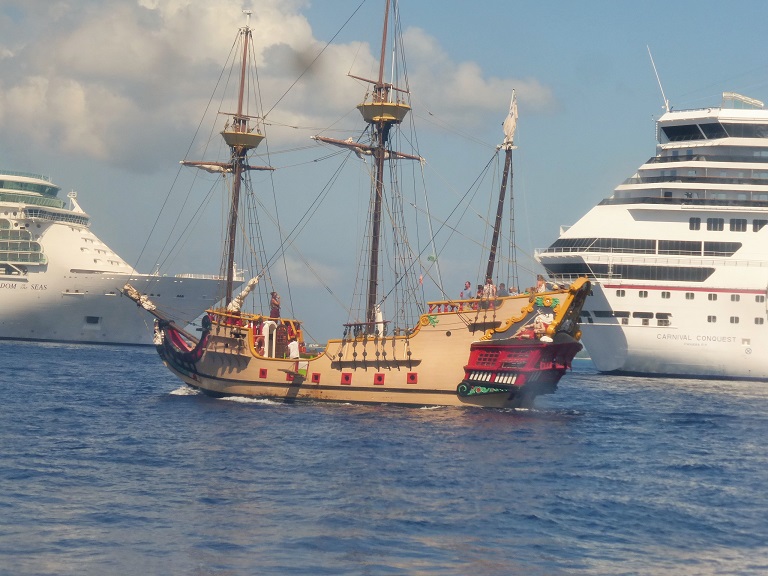 |
||
|
Pirates Ship for Cruising! |
|
Going to Hell in George Town |
Discover Cayman
Two of Grand Cayman's most popular activities, visiting the Turtle Farm and literally going to Hell, are included on this tour. Sit back, relax and enjoy the highlights of Grand Cayman. Your tour begins in George Town - this prosperous capital ranks as the fifth-largest financial center in the world - with a guided drive along Seven Mile Beach, briefly stopping along the way to capture once-in-a-lifetime snapshots. Continue on to quaint local neighborhoods on your way to the Gingerbread House, followed by a stop at Hell, a small tourist village known for its unusual inferno rock formations. After a 'hell' of an experience, you'll visit the Turtle Farm, home of the world-famous green sea turtle. On the way back to the pier, you'll make a brief stop at one of Cayman's rum cake outlets.
 |
|
|
The Grand Cayman Islands are very low and consist of Reef material and limestone! |
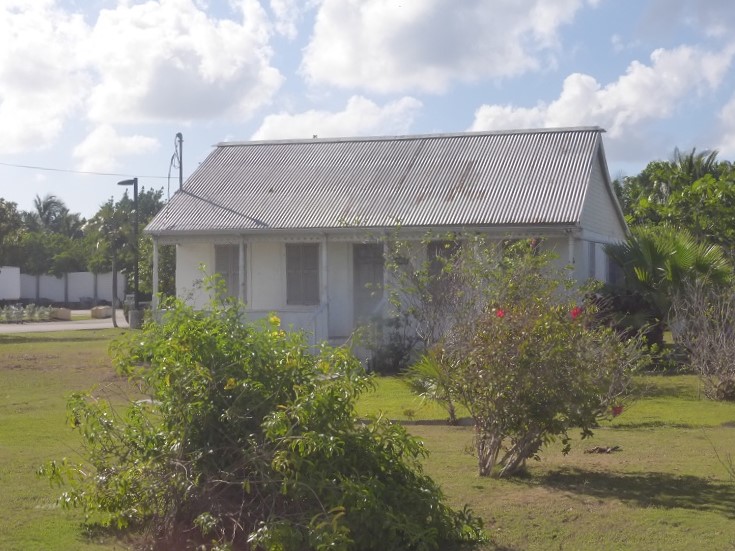 |
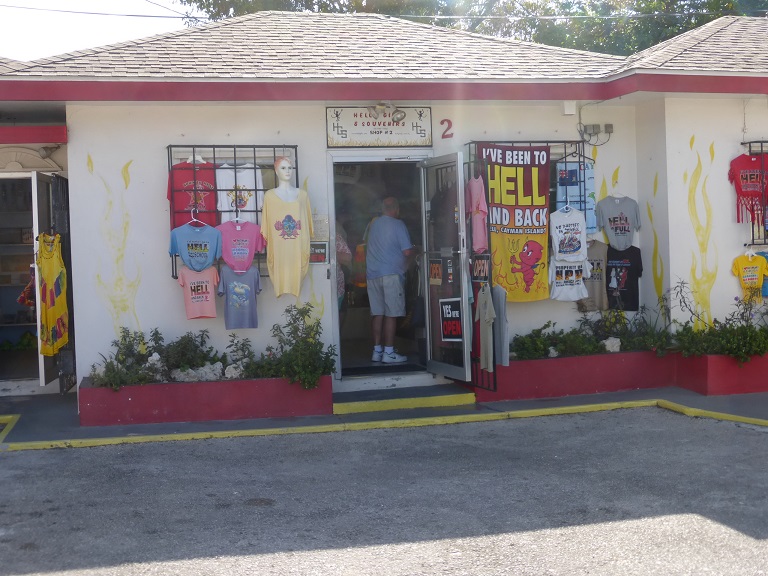 |
||
|
Shopping at Hell! |
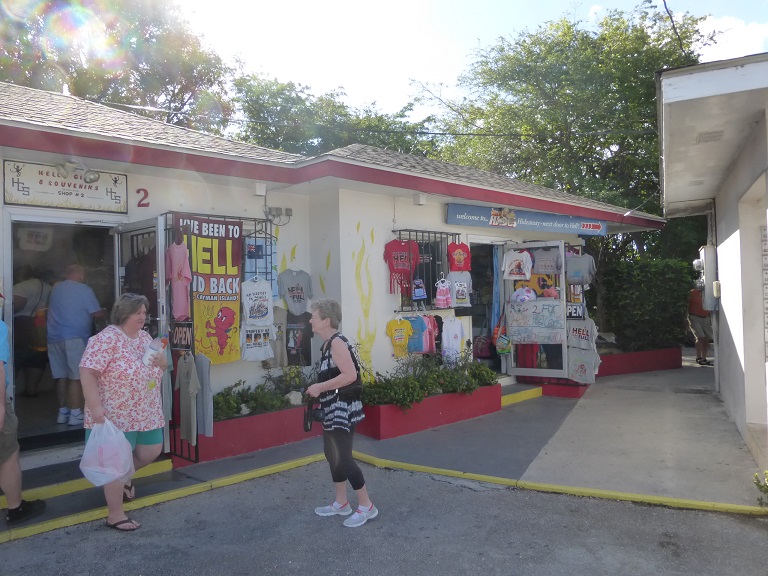 |
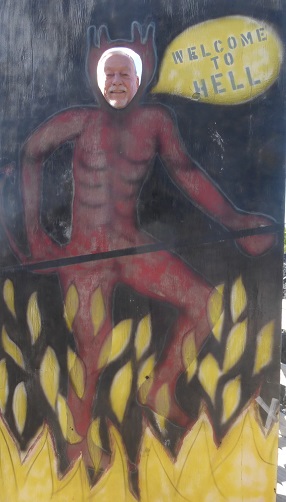 |
||
|
|
Where is Chuck! |
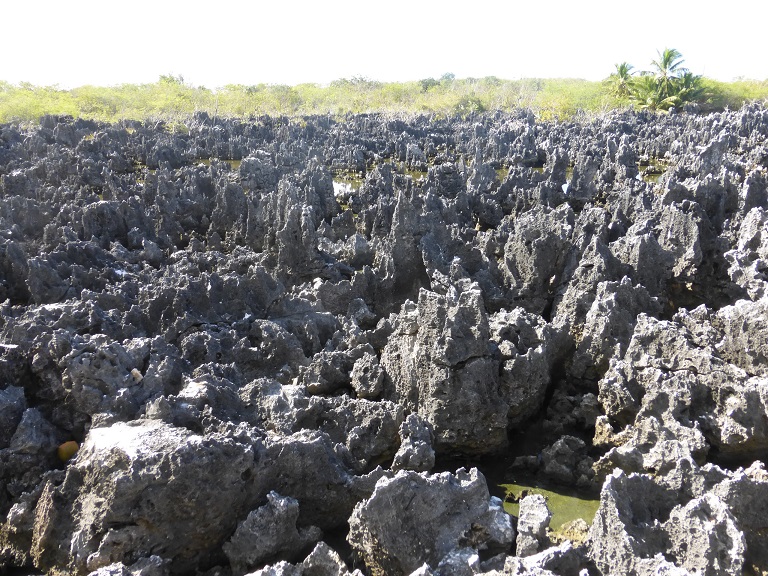 |
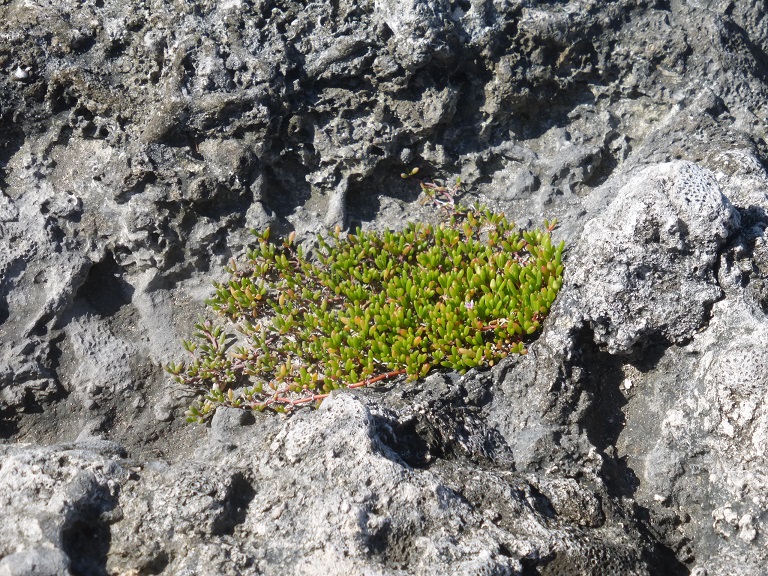 |
||
|
Succulents Growing in the Hard Surface! |
|
Turtle Farm |
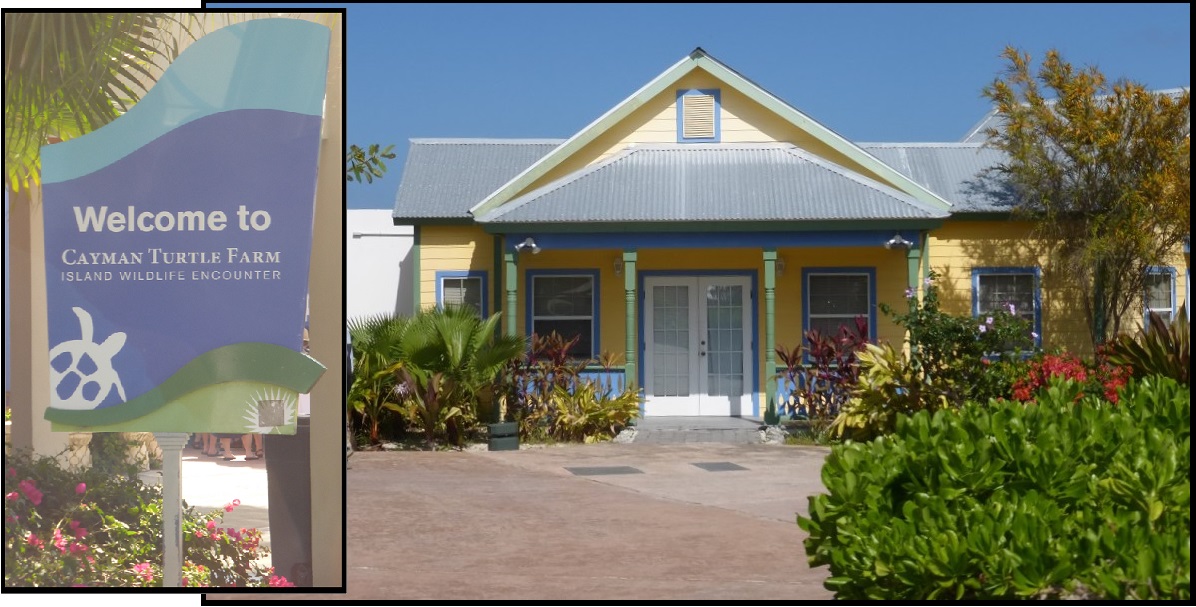 |
|
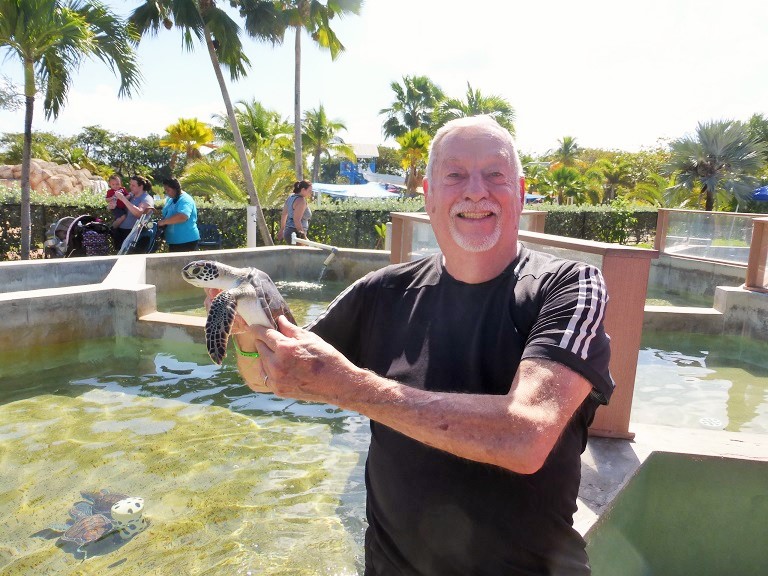 |
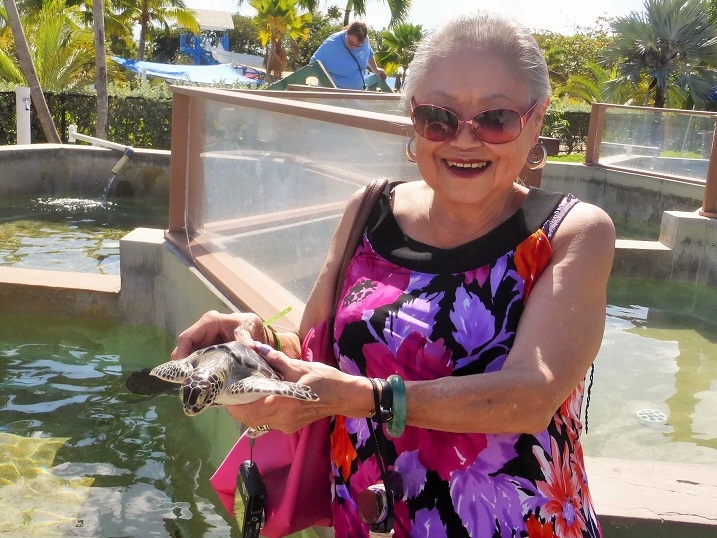 |
||
|
And Virginia's Turtle! |
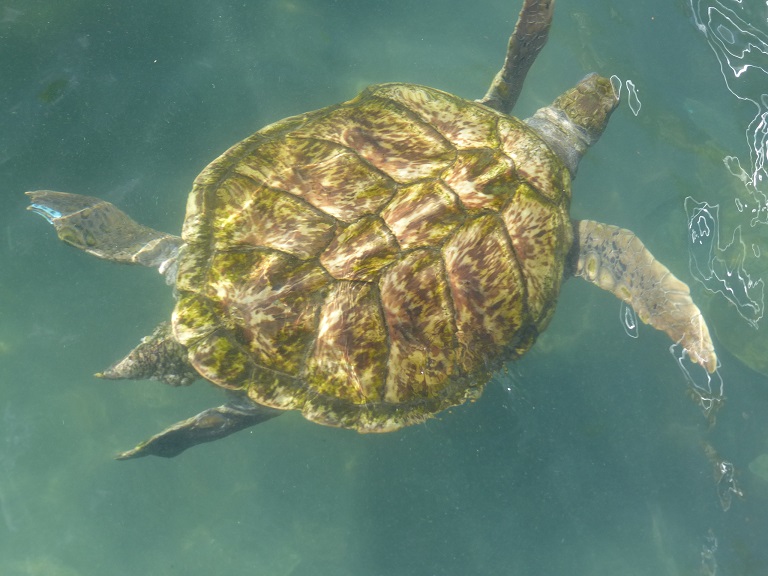 |
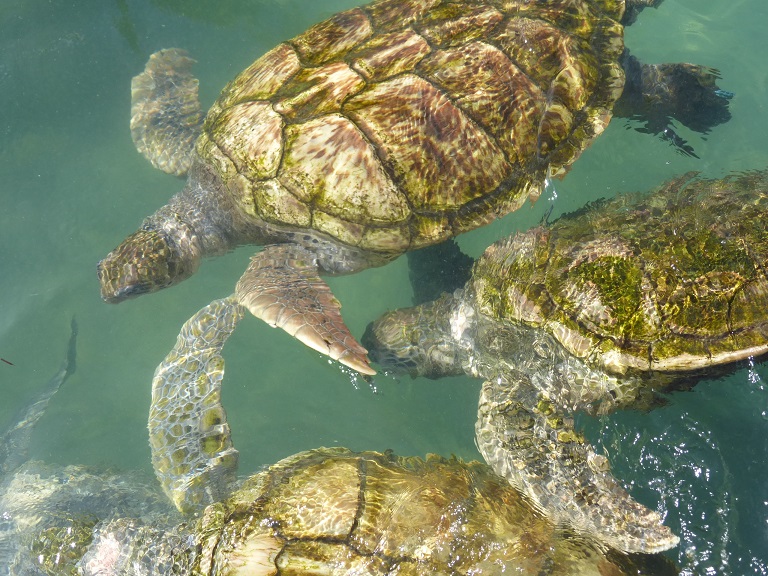 |
||
|
Some can reach 2,000 pounds! |
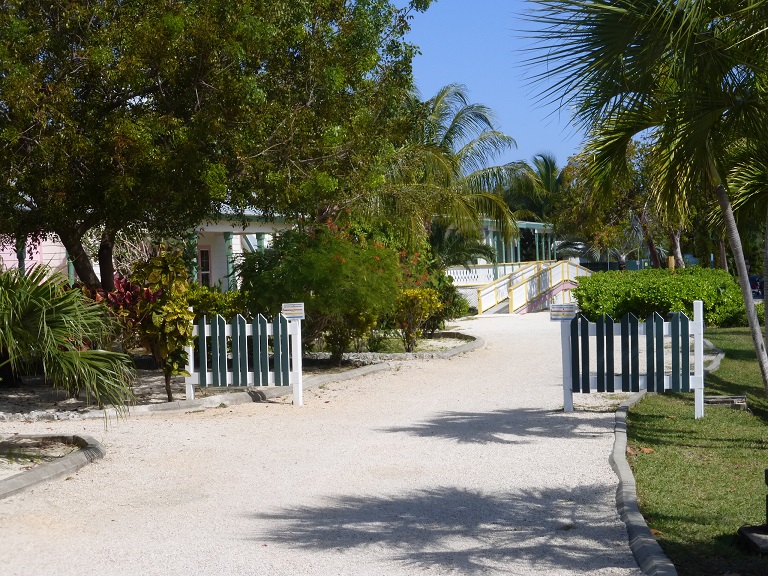 |
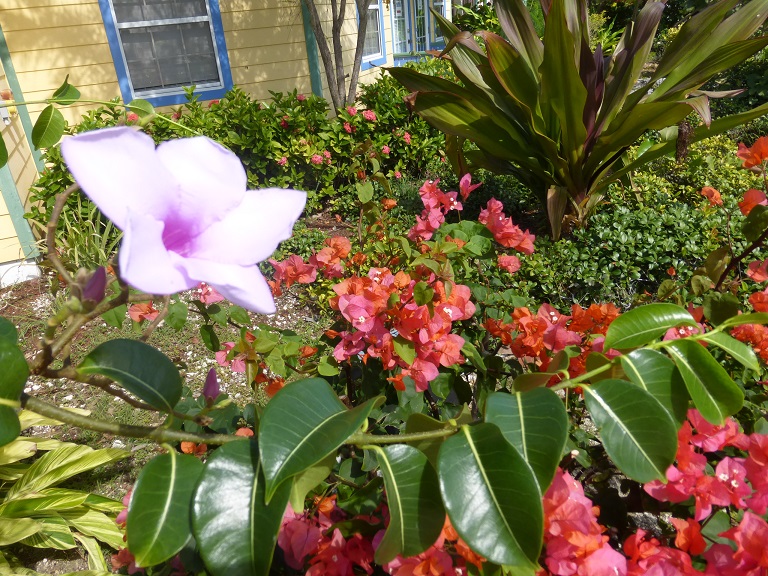 |
||
|
Turtle Farm Flowers! |
|
Cracked Conch Restaurant |
 |
|
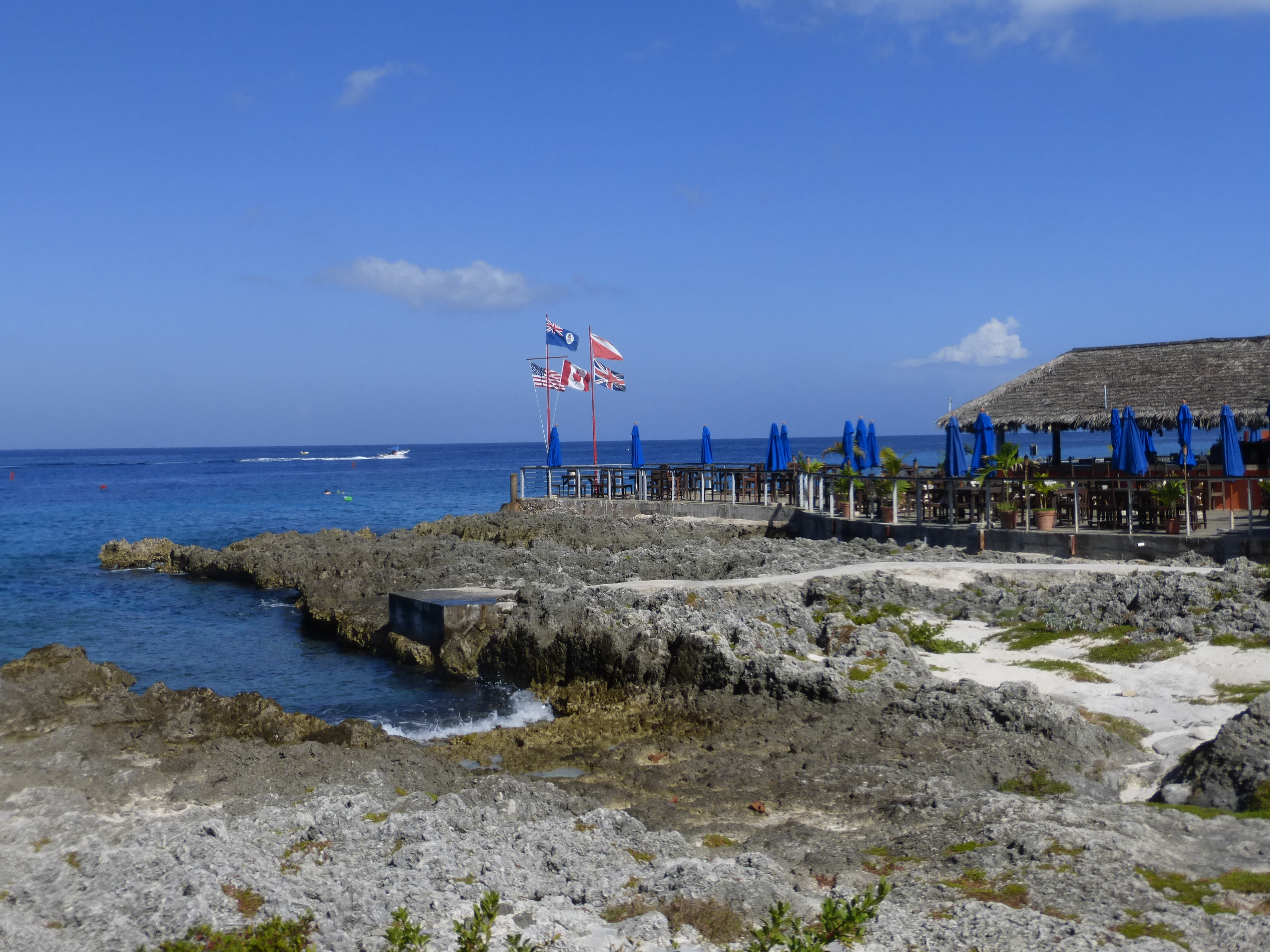 |
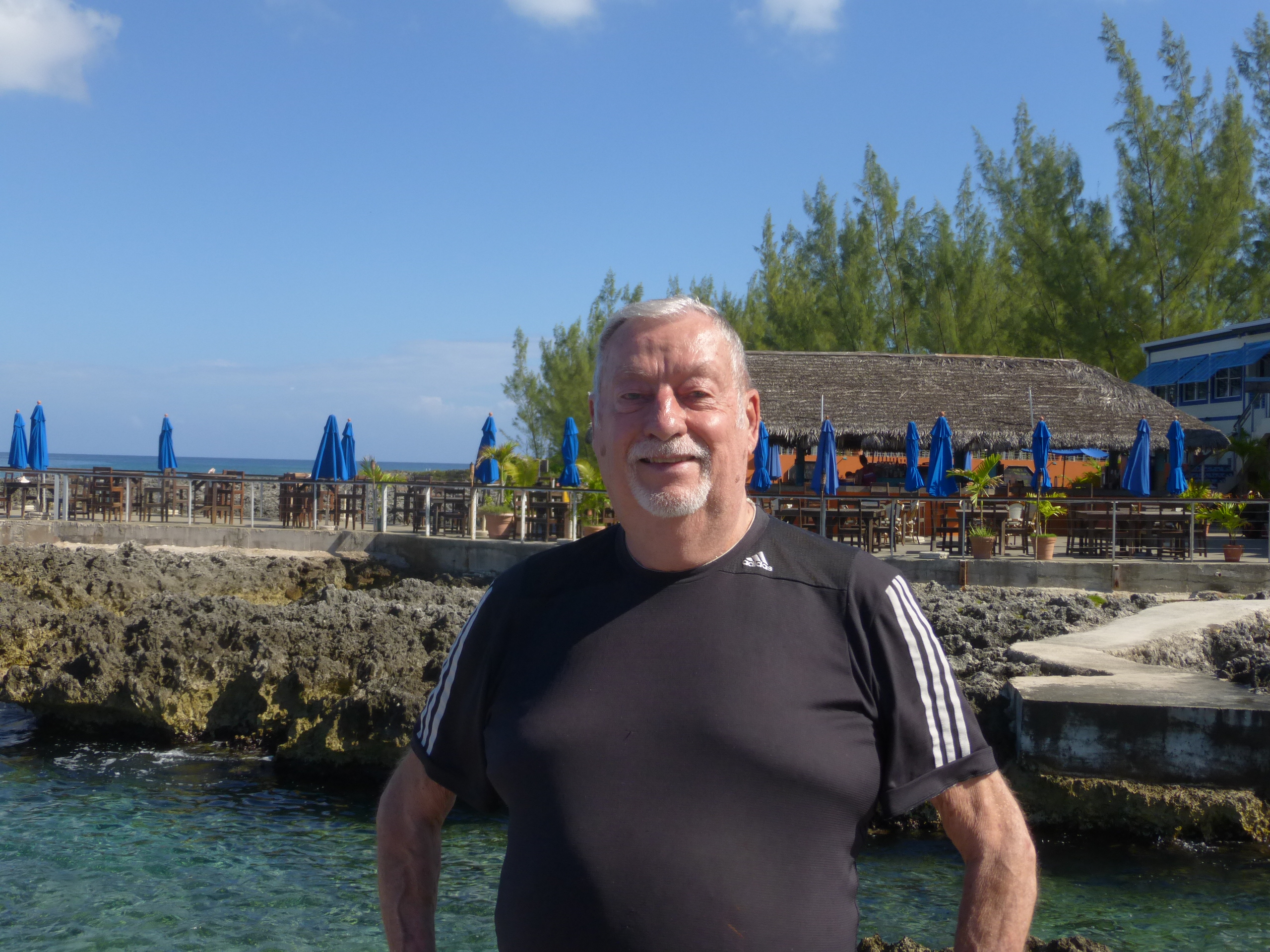 |
||
|
Chuck! |
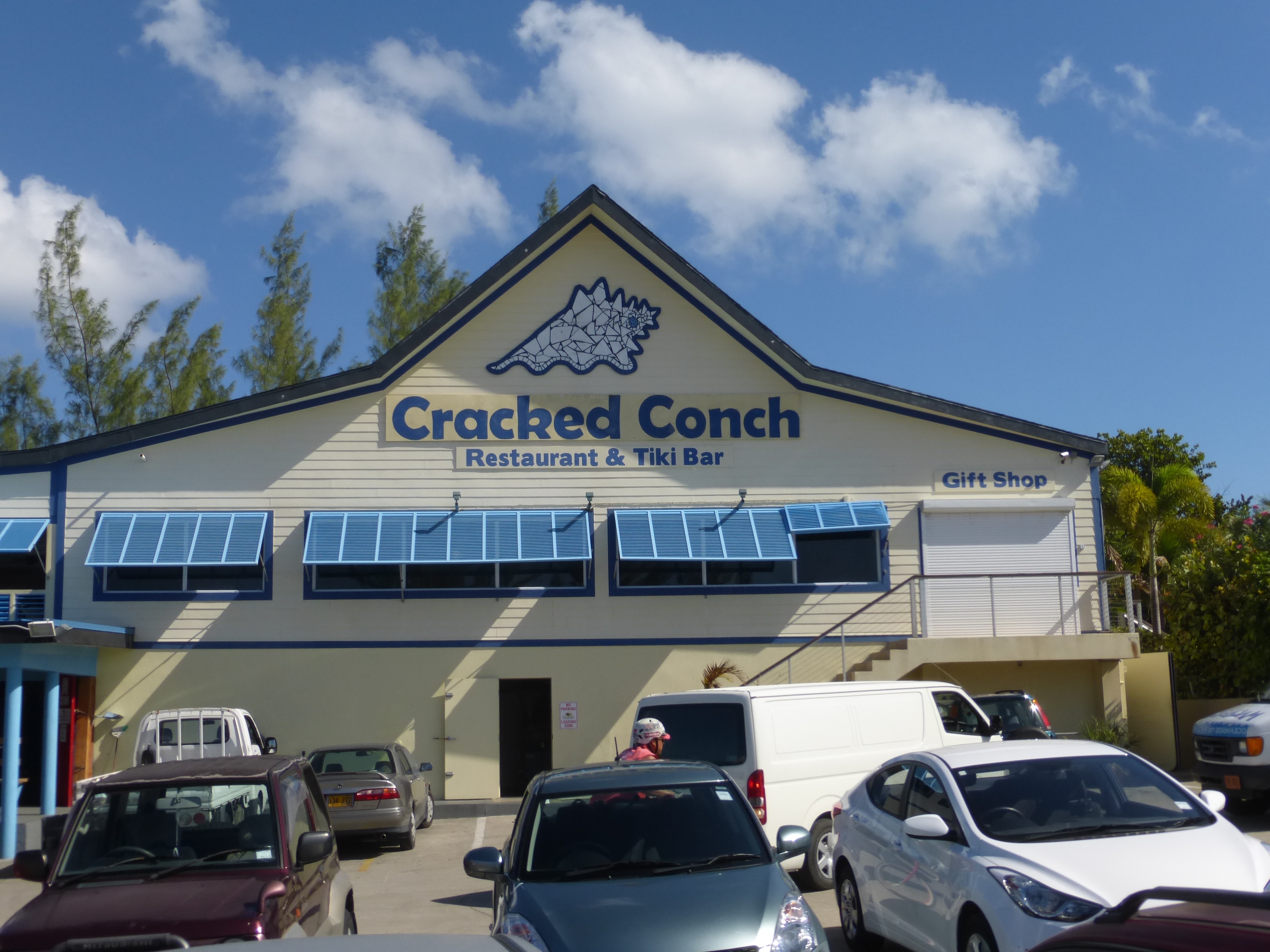 |
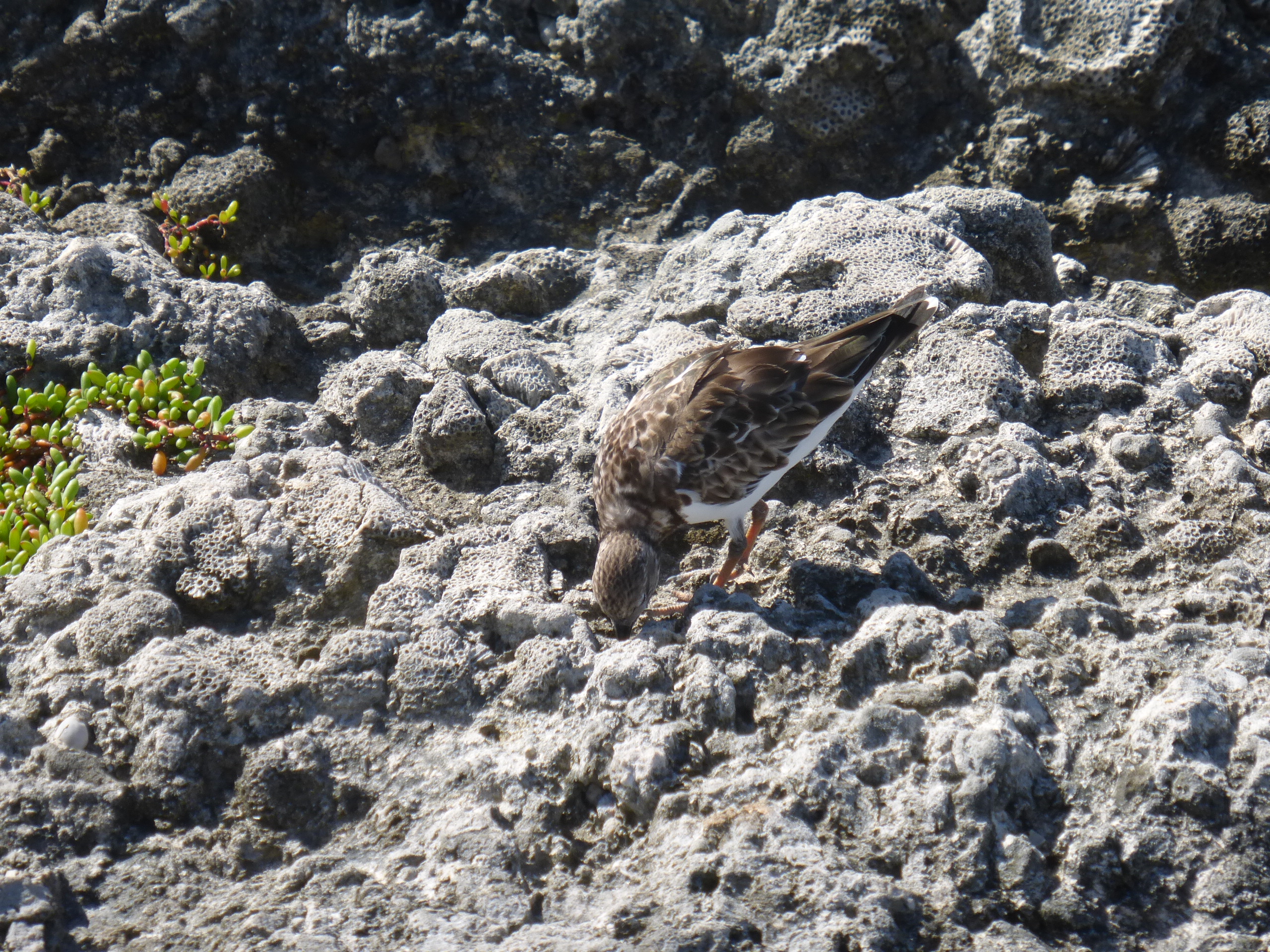 |
||
|
Bird Life! |
|
End of Tour - Sailing to Cozumel |
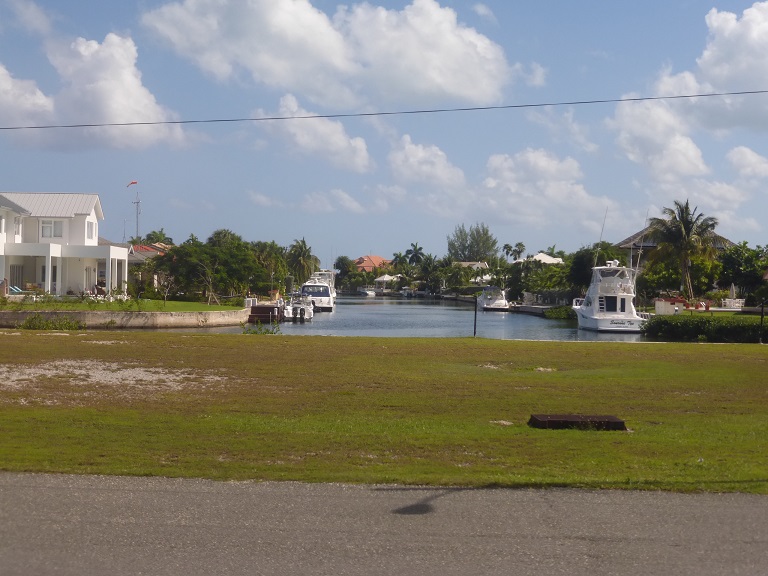 |
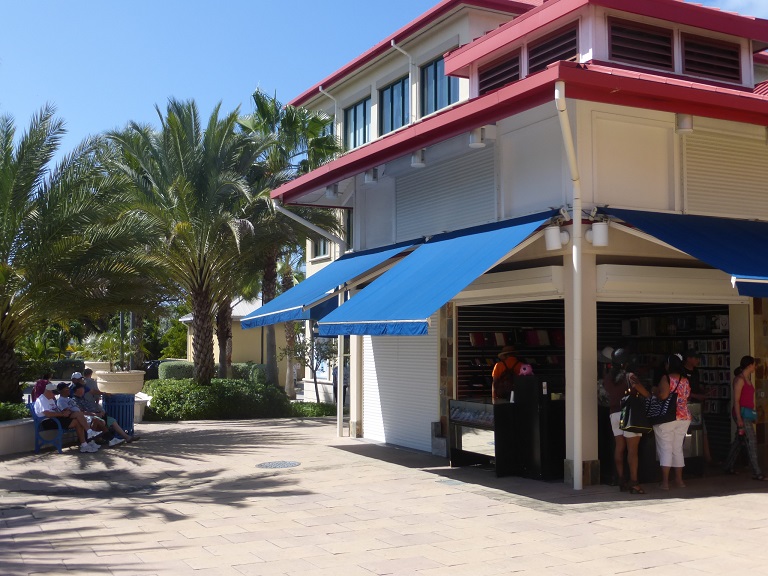 |
||
|
Shopping! |
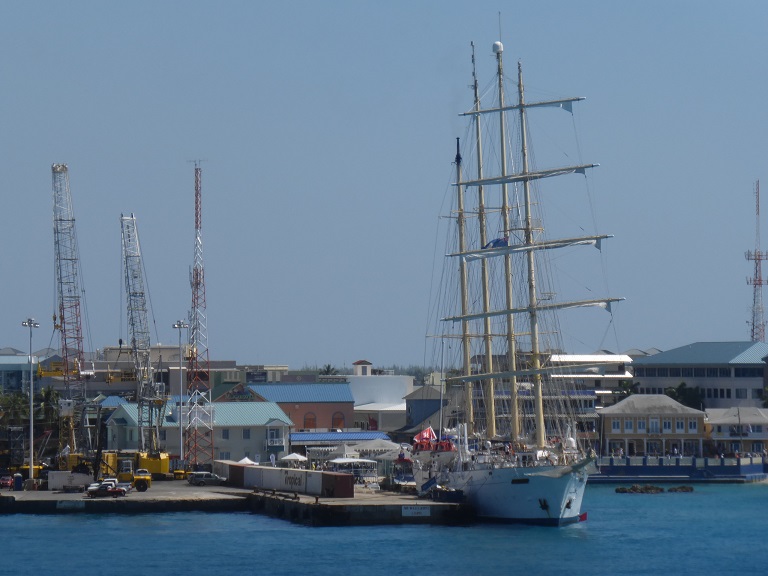 |
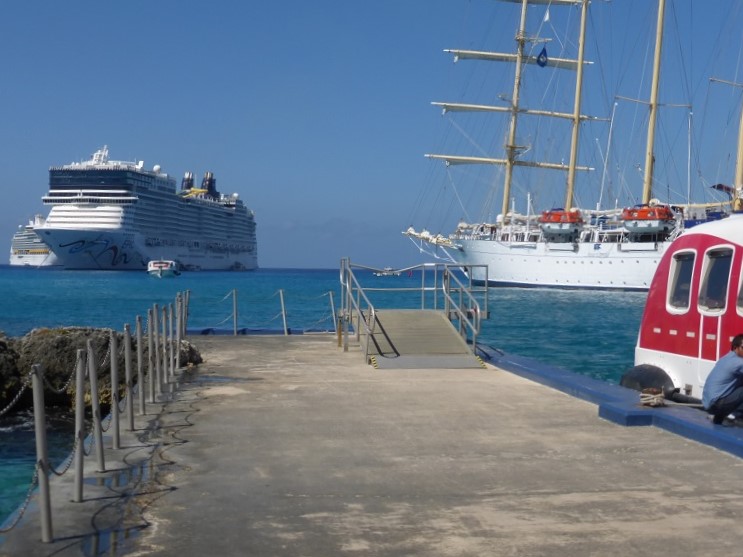 |
||
|
Life Boat back to the Epic! |
| Created on: 2015.02.05 |
|

|
|
Updated on: 2020.10.13 |